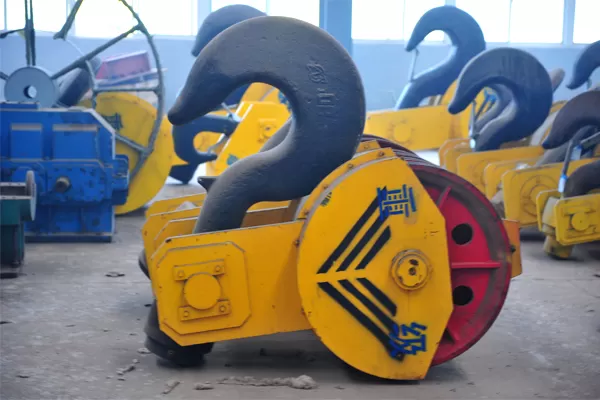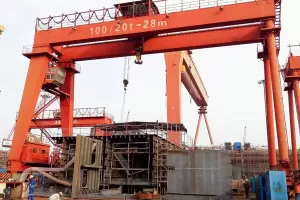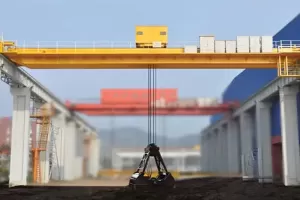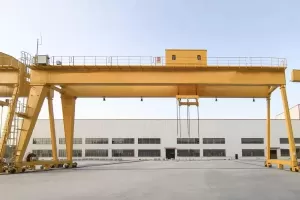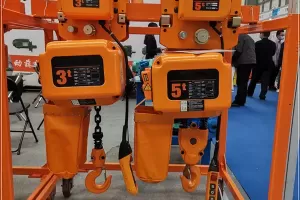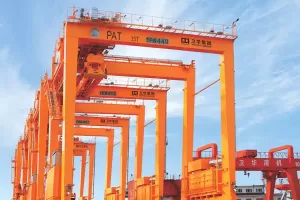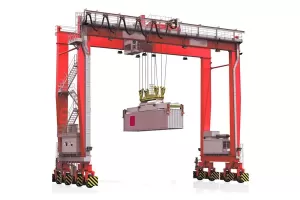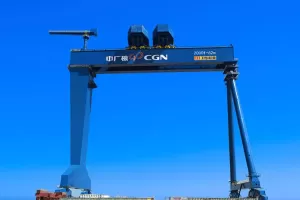Crane hooks are an essential component of any crane system, and they are used to lift and move heavy loads. As such, it is important for Australian customers to understand the different types of crane hooks available and the factors to consider when selecting the right crane hook for their needs. This guide will provide an overview of crane hooks, their uses, and the key considerations for Australian customers when purchasing crane hooks.
What are Crane Hooks?
Crane hooks are a type of lifting device used to lift and move heavy loads. They are typically made from steel and are designed to be strong and durable. Crane hooks come in a variety of shapes and sizes, and they are typically attached to a crane’s hoist line. The hook is then used to attach to the load, allowing the crane to lift and move it.
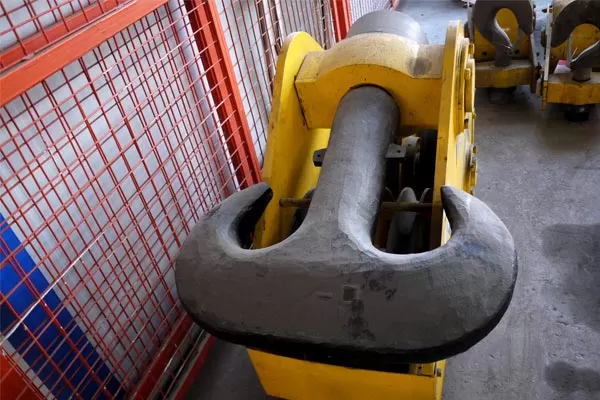
Types of Crane Hooks
There are several different types of crane hooks available, and each type has its own advantages and disadvantages. The most common types of crane hooks are:
- Standard Hooks: Standard hooks are the most common type of crane hook and are designed for general-purpose lifting. They are typically made from steel and are designed to be strong and durable.
- Swivel Hooks: Swivel hooks are designed to rotate, allowing the crane to move the load in any direction. They are typically used for more complex lifting operations.
- Lifting Eye Hooks: Lifting eye hooks are designed to attach to the load, allowing the crane to lift it. They are typically used for lifting large and heavy loads.
- Safety Hooks: Safety hooks are designed to prevent the load from slipping off the hook. They are typically used for lifting heavy and dangerous loads.
Key Considerations for Australian Customers
When purchasing crane hooks, there are several key considerations for Australian customers to keep in mind. These include:
- Load Capacity: It is important to select a crane hook that is capable of lifting the load safely and securely. The load capacity of the crane hook should be greater than the weight of the load.
- Hook Design: The design of the hook should be appropriate for the type of load being lifted. For example, swivel hooks are better suited for lifting loads that need to be moved in multiple directions.
- Hook Material: The material of the hook should be strong and durable. Steel is the most common material used for crane hooks, but other materials such as aluminum and stainless steel are also available.
- Hook Manufacturer: It is important to select a reputable and experienced crane hook manufacturer. This will ensure that the hook is of high quality and will be able to handle the load safely and securely.
Conclusion
Crane hooks are an essential component of any crane system, and they are used to lift and move heavy loads. As such, it is important for Australian customers to understand the different types of crane hooks available and the factors to consider when selecting the right crane hook for their needs. This guide has provided an overview of crane hooks, their uses, and the key considerations for Australian customers when purchasing crane hooks.

